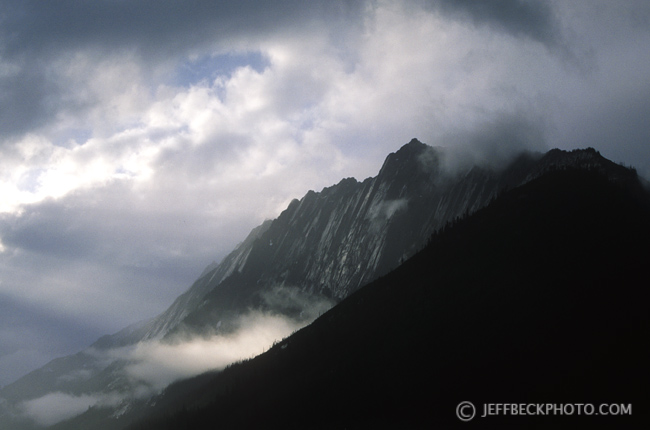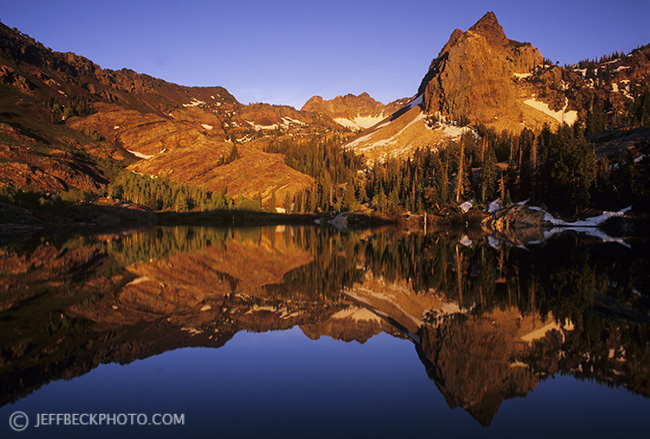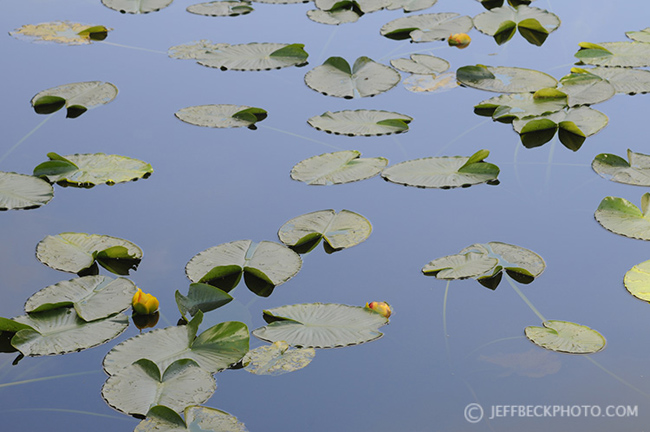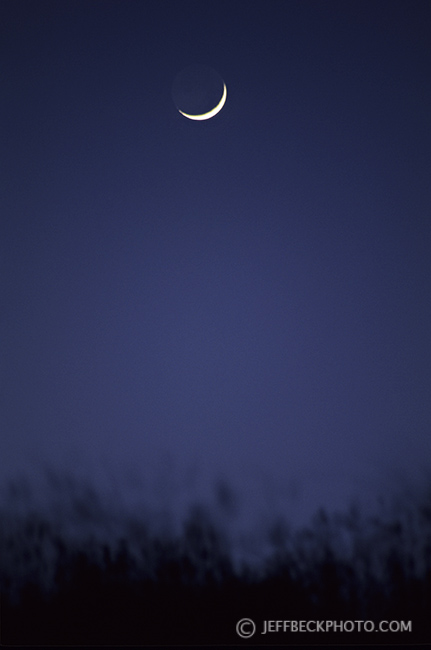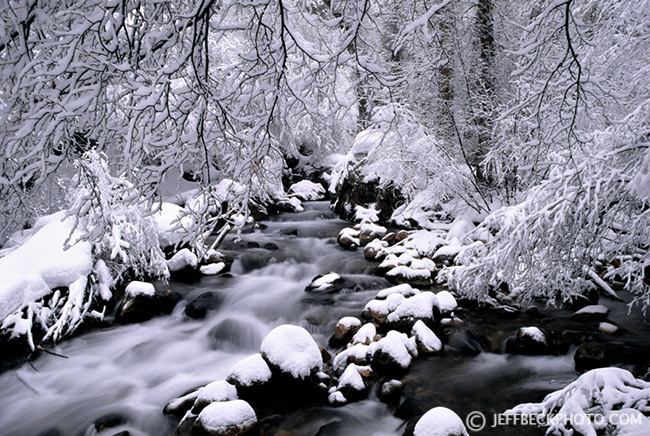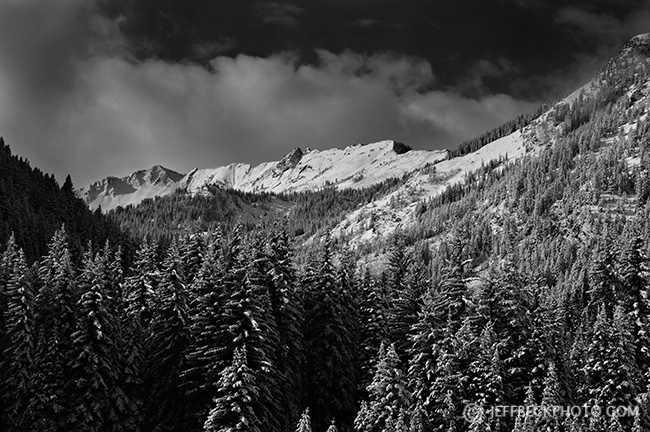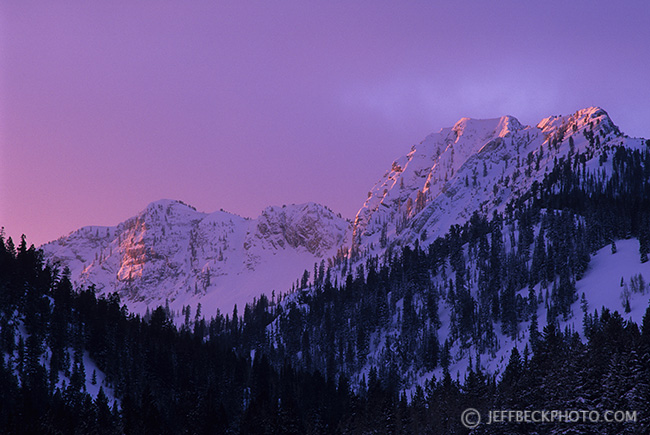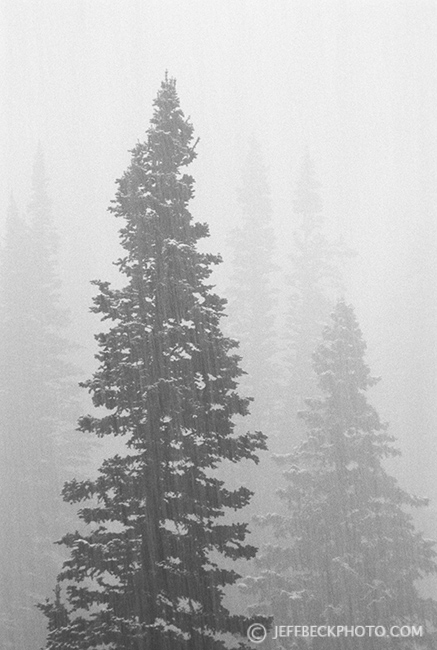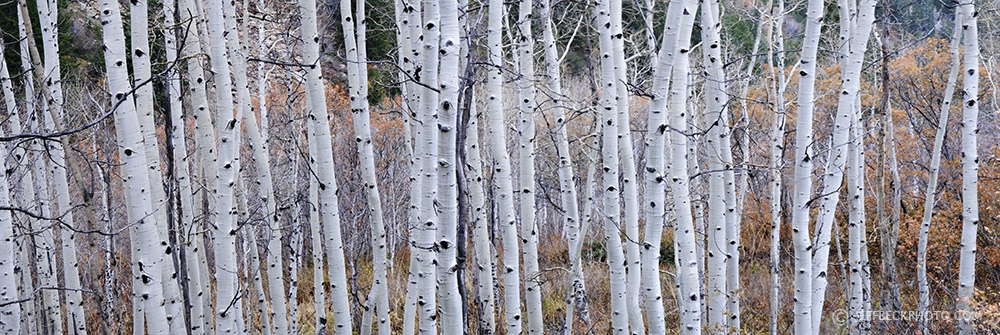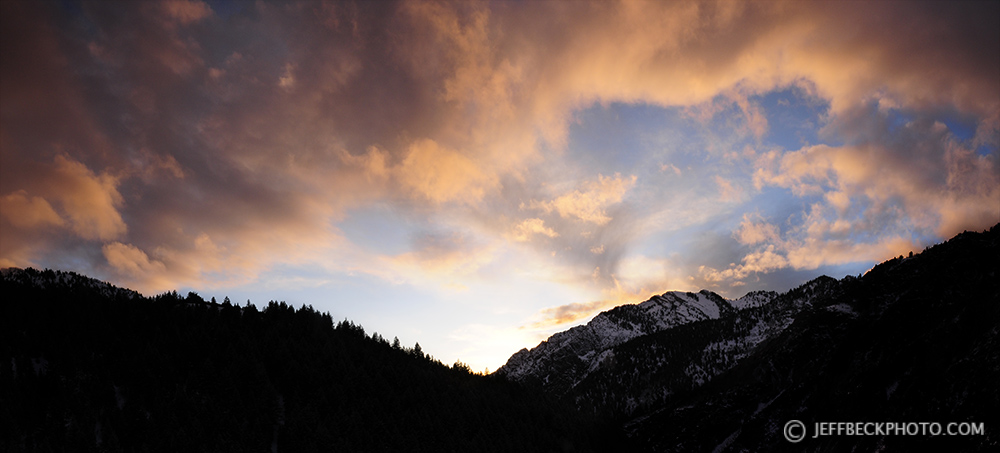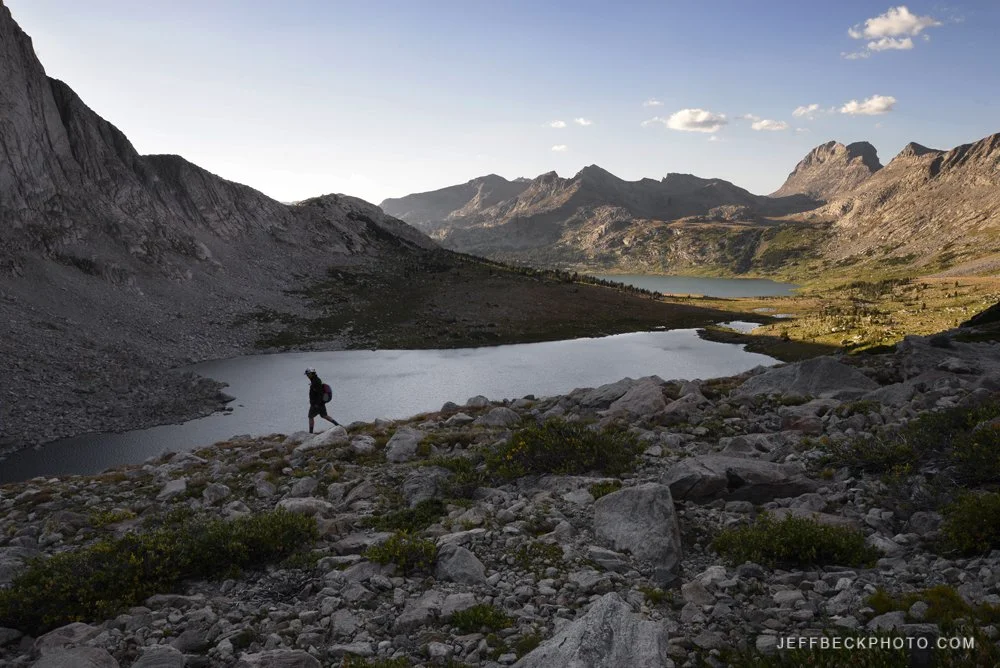Tree Skeleton and Crescent Moon, Twin Peaks Wilderness, Utah
I’d long been drawn to this tree and photographed it on more than a few occasions before making this image. The shape of this dead tree arrests my eye every time I hike in the vicinity of Lake Blanche. On this night it was like a beacon.
Situated north of Lake Blanche, on the edge of a large block of resistant stone forming the terrace into which lakes Lillian, Florence, and Blanche are carved, among polished ribs of rock, the setting is perfect for capturing this dead tree cleanly against the western sky. On this night, two nights after the new moon, a waxing crescent moon was setting into a clear electric blue twilight and lining up quite nicely with the tree.
I had just left Lake Blanche where I had stayed till sunset’s bitter end, when the landscape could only be photographed in silhouette. I started towards the trailhead and was almost immediately stopped. The scene materializing before me reminded me of an image in my mind of a lone sculpted tree set against a crescent moon.
I dropped my pack, and worked quickly to set up my tripod. I changed lenses, from the wide angle I’d been working with, to a telephoto lens. Next, I dialed in my exposure, knowing that I needed to keep my shutter speed to one second or less in order to avoid blur from celestial movement. I had almost no time to spare as the light in the sky was quickly dying. I made several exposures while fine-tuning my composition by physically moving my camera position.
As I made my way down to the trailhead in the dark, I wondered how many hundreds of years it took this tree to reach such stately proportions. This once mighty tree has left behind a monument with extraordinary character, a visual legacy of its noble life.
This monument is a marker of time somewhat closer to mind than the lives of mountains or moons, and when set against the Earth’s cosmic timepiece, endlessly marking days, a deeper layer of meaning is achieved. The two symbols together move the image toward the iconic, the archetypal.












